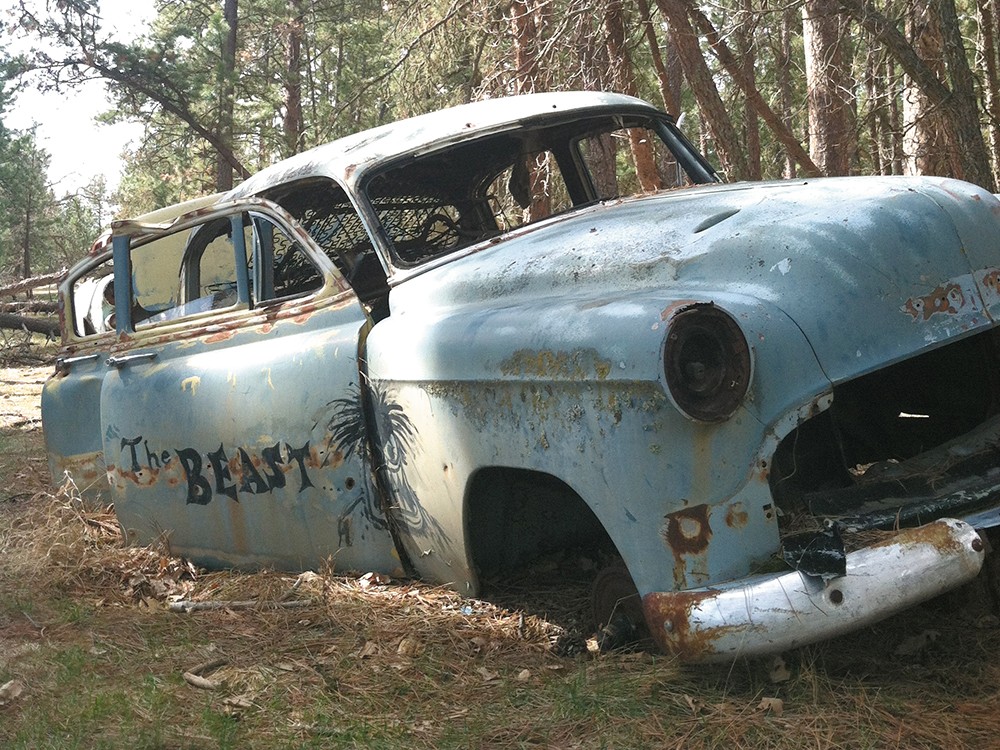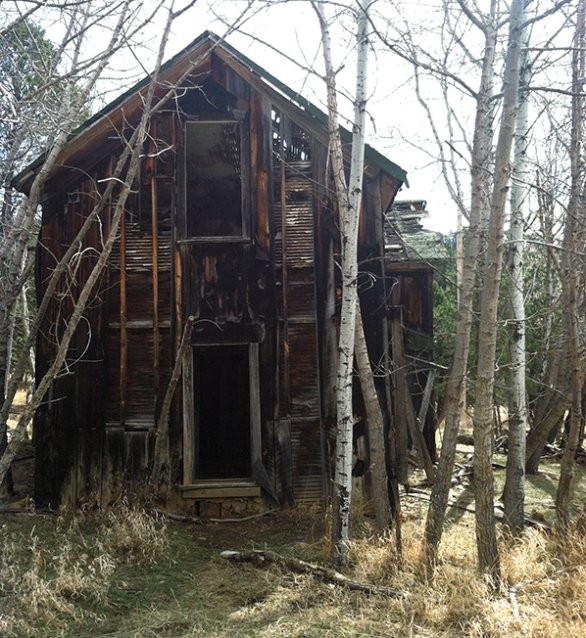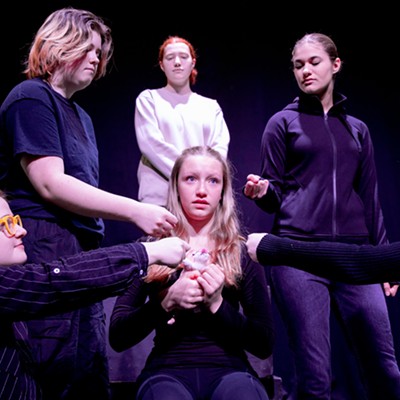One day last month, I drove down a back road in Custer County, South Dakota, threading through the low mountains of the Black Hills and along a cliff. They named the county after George Armstrong Custer, the cavalry commander who discovered gold here and died soon after forcing Lakota Sioux natives off their sacred grounds.
I pull off the road and walk a quarter mile up a wide, flat path. A house comes into view first, its empty windows staring like blank eye sockets. They are welcoming me, unblinking, to Spokane.
This isn’t your Spokane. This is the Spokane that didn’t make it, the mining camp-turned-ghost town.
Gold always turns a profit, but the miners who staked out Spokane during the great Black Hills gold rush found silver and lead — metals that rise and fall with the whims of the market. Between 1891 and the early 1940s, Spokane lived and died and lived according to commodity prices.
There were some good years, like 1927, when the mine shipped $114,742 of metals in today’s dollars, according to one account. It was enough for the town to hold a flow of miners and build a school. After all, towns like Deadwood, not far to the north, prospered.
But like many fever dreams of wealth, reality disappointed.
“There wasn’t enough workable material to produce any decent profit,” says Ken Stewart, historian with the South Dakota State Historical Society. The mine closed in 1940.
But like an old man lingering on life support, Spokane clung to hope a little longer.
In the 1950s, a few “fly-by-night companies” tried to revive the mine, according to Stewart. One of the mine’s later owners used it as “an illegal dump site for hazardous chemicals.”
At some point, the mine buildings burned down, and the U.S. Forest Service later burned down several other buildings in the name of safety, according to Stewart.
A watchman lived there until the mid-1980s, Stewart says. And then Spokane took its place among the officially deserted.
Exploring a ghost town is like standing inside the skeleton of a giant, prehistoric mammal, something large and distant that makes you feel like you’re both trespassing and paying homage. I felt like a grave robber, a pilgrim and an explorer, often all at once.
What remains? The schoolhouse, leaning at a 15-degree angle, a collection of rickety wooden slats for walls and ceilings. The house with the empty window. Another house that has collapsed onto itself. A root cellar carved into a hillside, replete with empty, cobwebbed shelves. The foundations of larger buildings, their stone etched into the ground like chalk body outlines.
Near the edge of the woods sits a pair of junked cars. The robin’s-egg-blue paint on one is slowly losing a war against grime and rust. On its open passenger door is stenciled “The Beast.”
I tiptoed into the abandoned schoolhouse — it will collapse any year now — and my heart leapt as a board beneath my foot snapped. I panicked when I stared down into the black vacuum of an open water well. If I fall, who would save me? Who would even hear me? No one.
I looked into the edges of the forest and around the foundation remains for hints of the town: another building, a personal memento left behind, traces of the Lakota Sioux natives who came before the miners.
I found nothing but the occasional hint of modern life. A line of utility poles ferried electricity from somewhere more important to somewhere still inhabited. An abandoned campfire with rusted food and beer cans. The cars, nestled against the tree line like ships run aground.
But other than me, no people.
Is this what my home, Rapid City, will look like in 100 years? Is this what Spokane, Wash., will look like in a thousand years, long after it’s been left behind? And who will take up this search, looking for us when we’re gone?
Joe O’Sullivan, a former Inlander staff writer, is now a reporter at South Dakota’s Rapid City Journal.


















